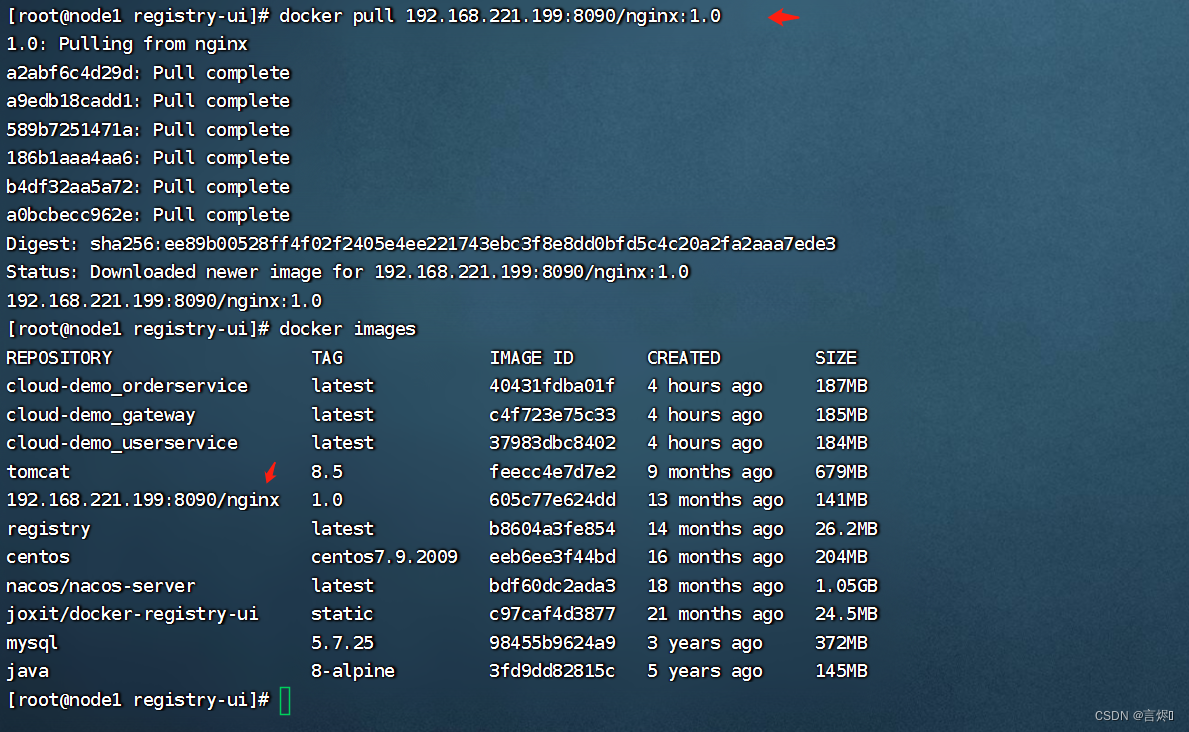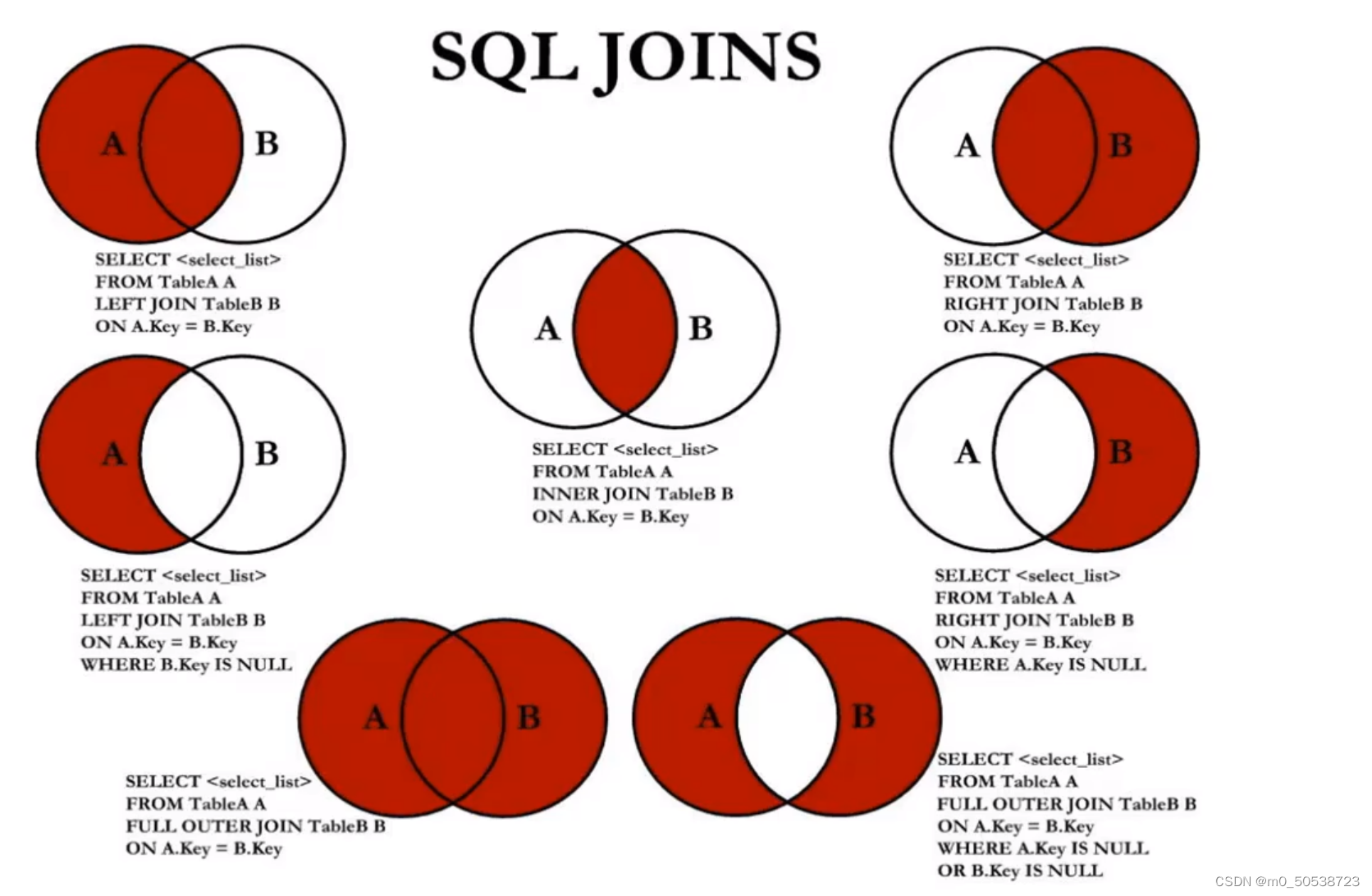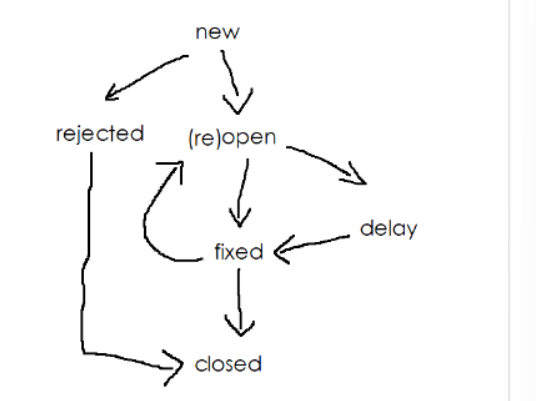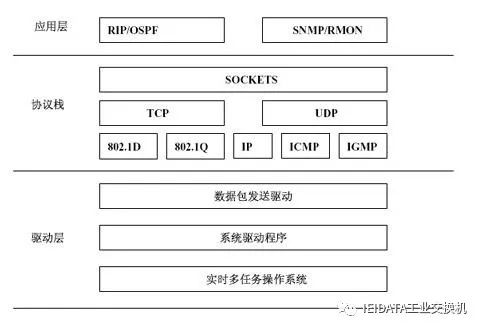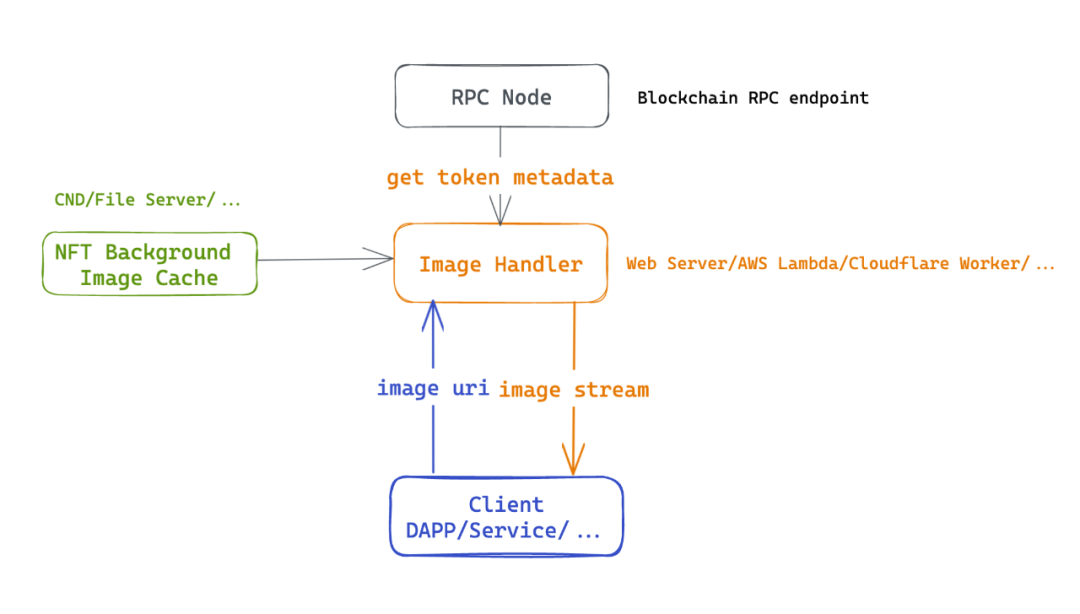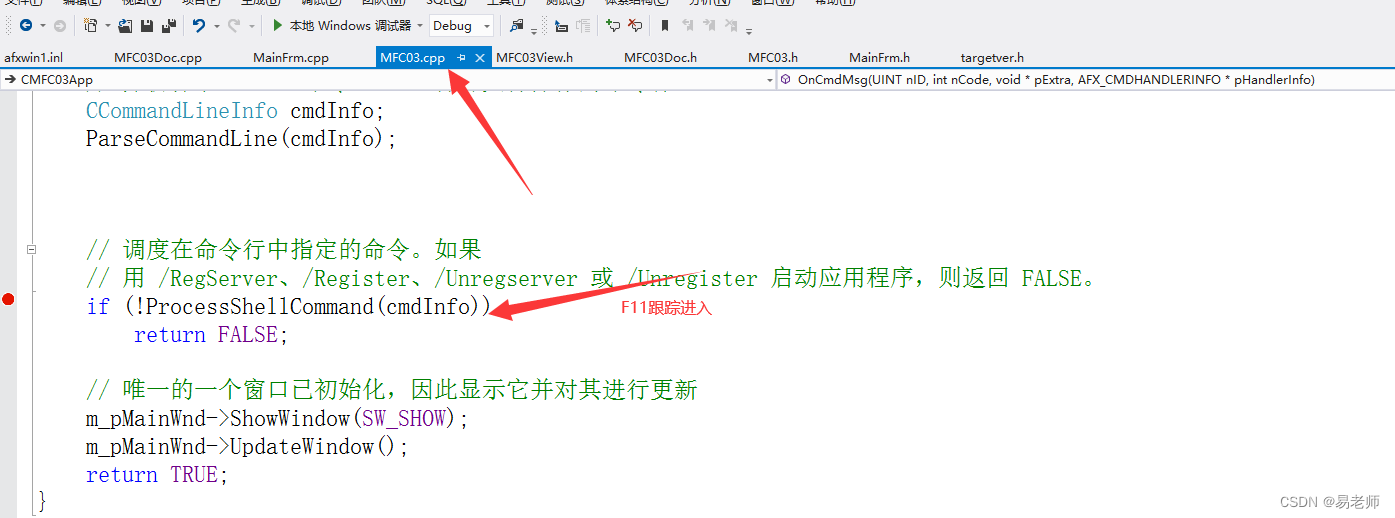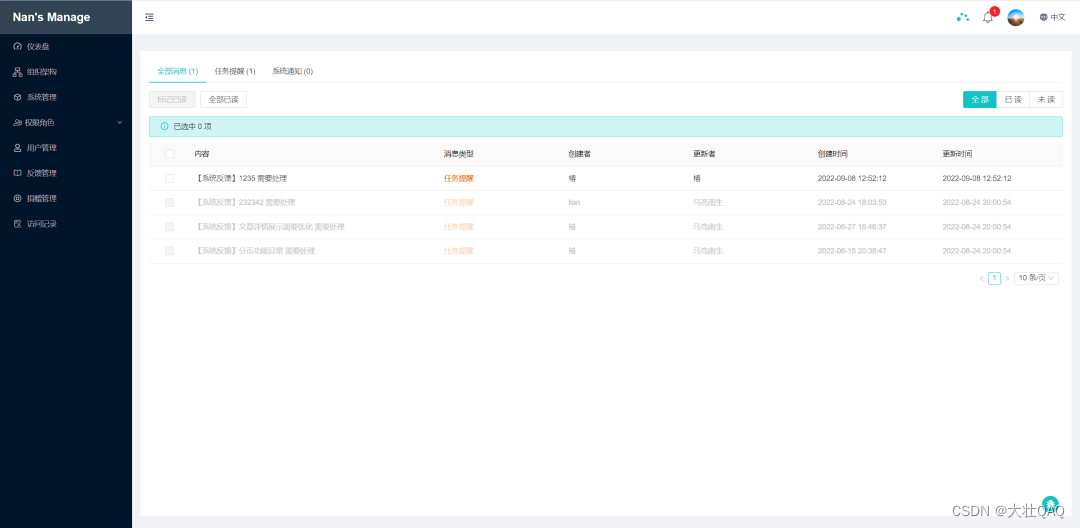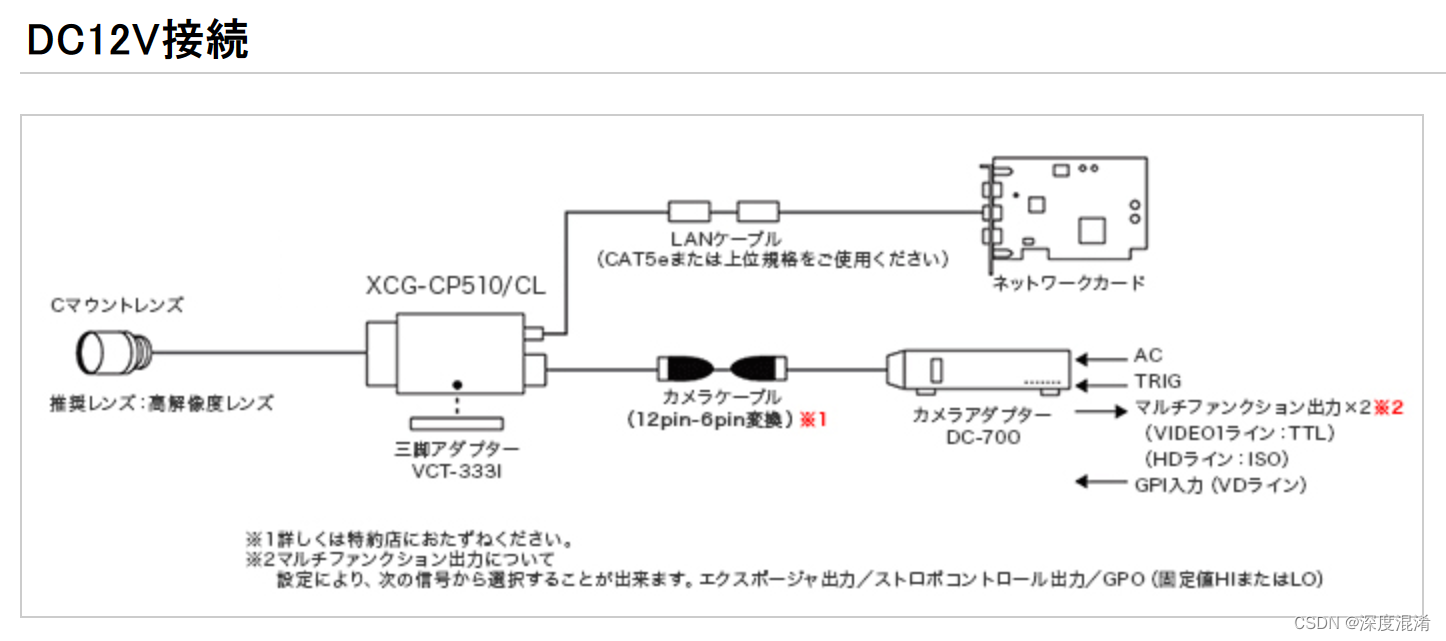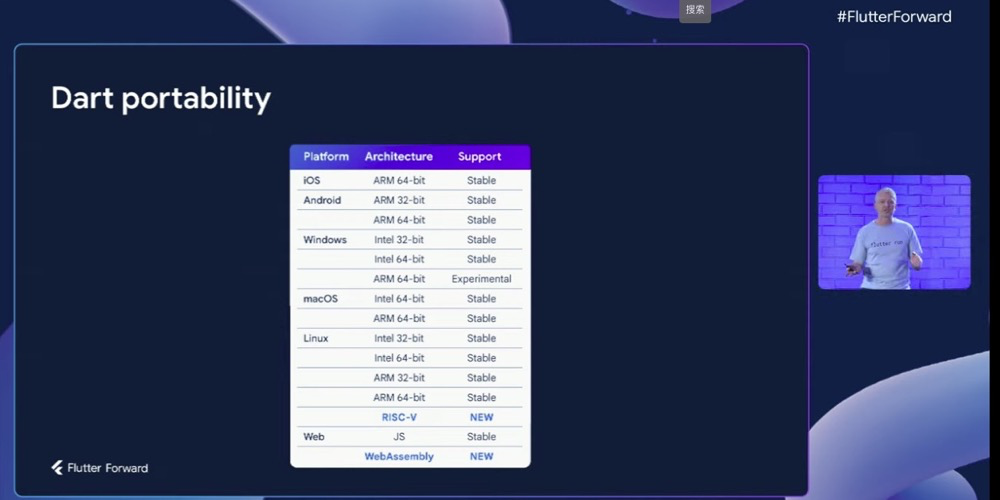一、小试牛刀
num1 / num2
当除数为零时,程序就会抛出异常,程序就会崩溃而导致退出。
我们可以通过异常处理机制来解决该问题
如果我们认为一段代码可能发生异常,可以使用try-catch-finally异常处理机制来解决。从而保证程序的健壮性。
将可能发生异常的代码选中,按快捷键(Ctrl + Alt + t)选中(try-catch-finally)
如果异常发生了,则异常后面的代码不会执行,将会直接跳到catch语句当中,执行catch中的代码。
如果异常没有发生,则会顺序执行try语句中的代码,不会跳到catch语句当中。
public class DemoException {
public static void main(String[] args){
Scanner scanner = new Scanner(System.in);
int num1 = scanner.nextInt();
int num2 = scanner.nextInt();
try {
int res = num1 / num2;
} catch (Exception e) {
System.out.println(e.getMessage()); // 输出异常信息
// e.printStackTrace();
System.out.println(e);
}
// finally语句一般都是用于处理关闭连接或者释放资源
finally{
scanner.close();
System.out.println("无论是否发生异常,该语句都会执行下去...");
}
System.out.println("程序继续...");
}
}
5
0
/ by zero
java.lang.ArithmeticException: / by zero
无论是否发生异常,该语句都会执行下去...
程序继续...
二、异常体系图

三、常见的运行时异常
3.1 NullPointerException(空指针异常)
package cn.github.wangpeng.exception;
import cn.github.wangpeng.Student;
public class NullPointerEx {
public static void main(String[] args) {
Student stu = null;
System.out.println(stu.getAge());
}
}
3.2 ClassCastException(类型转换异常)
package cn.github.wangpeng.exception;
public class ClassCastEx {
public static void main(String[] args) {
Animal animal = new Cat();
Dog dog = (Dog)animal;
}
}
class Animal{}
class Cat extends Animal{}
class Dog extends Animal{}
3.3 NumberFormatException(数字格式异常)
package cn.github.wangpeng.exception;
public class NumberFormatEx {
public static void main(String[] args) {
String num = "abc";
System.out.println(Integer.parseInt(num));
}
}
四、常见的编译时异常
编译异常是指在编译期间,就必须处理的异常,否则代码不能通过编译。
public class DemoInputStream {
public static void main(String[] args) {
String filePath = "Basic\\demo2.txt";
int readData = 0;
FileInputStream fileInputStream = null;
try {
// 创建FileInputStream对象,用于读取文件。
fileInputStream = new FileInputStream(filePath);
// public int read() throws IOException 从此输入流中读取一个字节的数据。
while ((readData = fileInputStream.read()) != -1) {
System.out.print((char)readData);
}
} catch (FileNotFoundException e) {
e.printStackTrace();
} catch (IOException e) {
e.printStackTrace();
} finally {
try {
// 关闭文件流 释放资源
fileInputStream.close();
} catch (IOException e) {
e.printStackTrace();
}
}
}
}
五、异常处理方式
异常处理方式有两种:
1.自行捕获异常 (try-catch-finally)
2.将发生的异常抛出,交给调用者(方法)来处理,最顶级的处理者时JVM (throws)
注意:
在方法声明中用throws语句声明异常,throws后面的异常类型可以是方法中产生的异常类型,也可以是它的父类
对于编译异常,程序中必须处理,try-catch-finally 或者 throws都可以
对于运行异常,如果程序中没有处理,则默认使用throws的处理方式
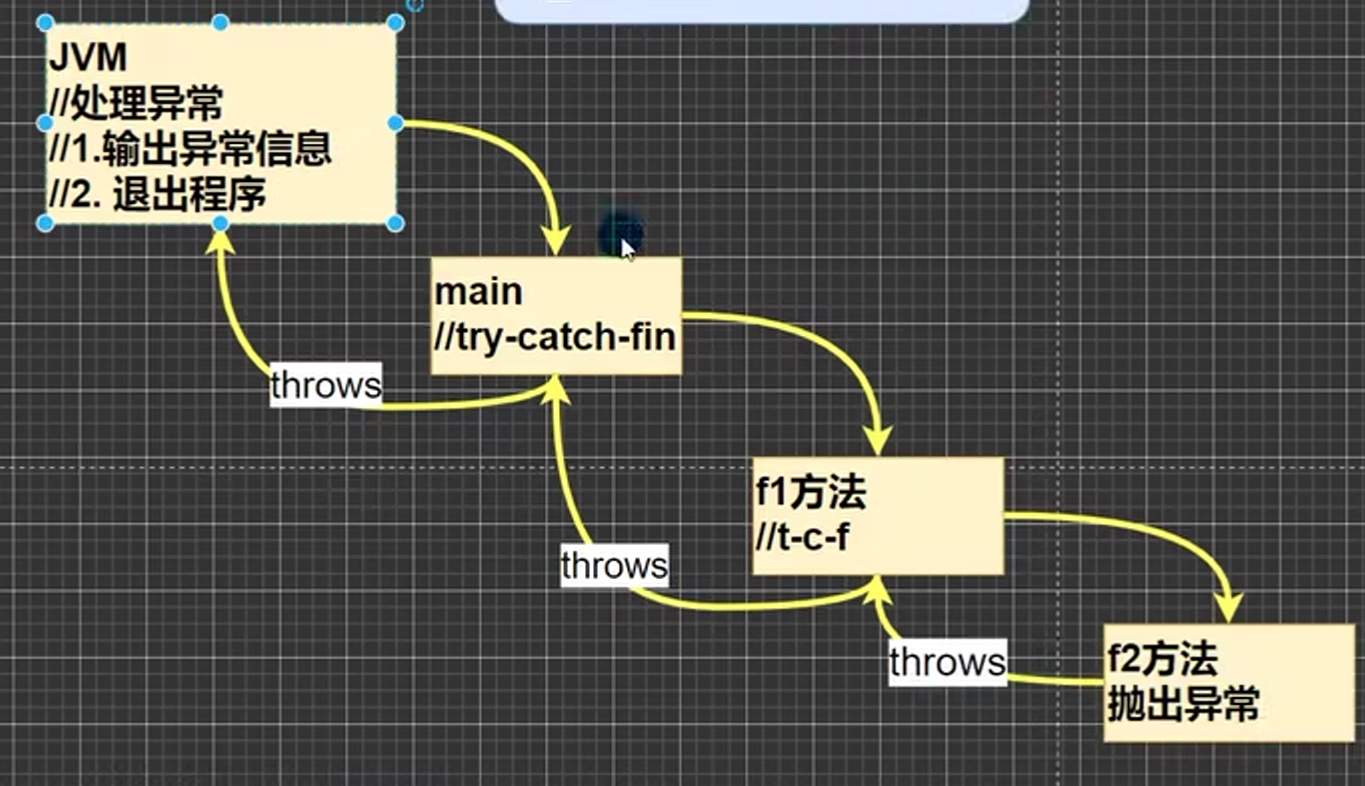
public static void f1() {
// 编译异常有两种解决办法
// 1.使用异常捕获try-catch-finally
// 2.使用抛出异常throws,让调用f1方法的调用者(方法)来处理
try {
FileInputStream fis1 = new FileInputStream("");
} catch (FileNotFoundException e) {
e.printStackTrace();
}
}
public static void f2() throws FileNotFoundException {
FileInputStream fis2 = new FileInputStream("");
}
public static void f3() {
// 对于运行时异常,程序中没有处理,默认就是throws的方法来处理
int n1 = 10;
int n2 = 0;
int res = n1 / n2;
}
class Father {
public void method() throws RuntimeException {
}
}
class Son extends Father {
// 子类重写父类方法的时候,注意:子类重写的方法所抛出的异常类型要么和父类抛出的异常一致,
// 要么为父类抛出异常类型的子类型
@Override
public void method() throws NullPointerException {
}
}
六、自定义异常
public class DemoExceptionCustomise {
public static void main(String[] args) {
System.out.println("请输入您的年龄:");
Scanner scanner = new Scanner(System.in);
int age = scanner.nextInt();
if (!(age > 0 && age < 100)) {
// 这里通过构造器来设置信息,throw后面是具体的异常对象
throw new AgeException("年龄不合法!!!");
}
}
}
class AgeException extends RuntimeException {
public AgeException(String message) {
super(message);
}
}


